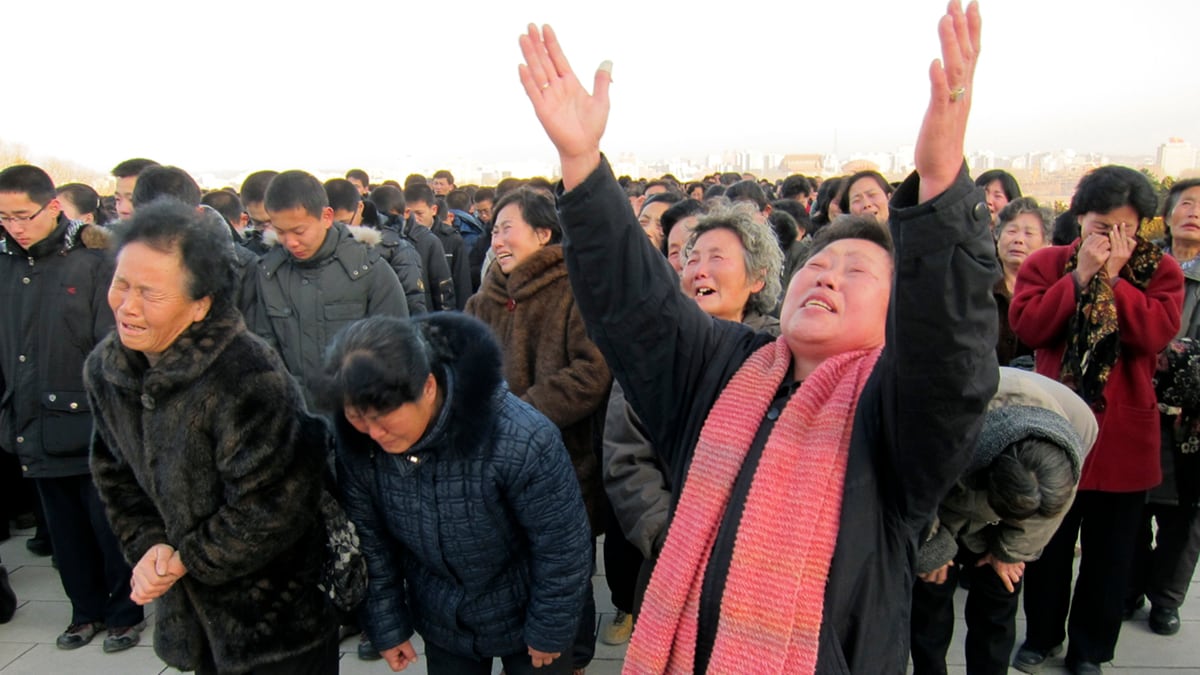The mourning for Kim Jong-il is likely to be long and widely felt. If what happened after his father’s death is any clue, grieving over the North Korean leader will continue over a long period and will be felt at all levels of North Korean society.
While the country announced that official mourning would occur through Dec. 29, it almost certainly will extend past that. The nation was planning a grand celebration of the 100th anniversary of the birth of Kim Il-sung, the country’s founder and Kim Jong-il’s father, on April 15, 2012. That celebration is now likely to be a somber event.
Among other impacts of the Dear Leader’s demise, North Korea may stop sending its delegations to international sports competitions, as it did when Kim Il-sung died in July 1994. Pyongyang fully resumed participation in sports only two years later, at the Atlanta Olympics, according to Japan’s Kyodo News. The halt in sports activities coincided with a period during which North Korea’s chronic food shortage deteriorated into a full-fledged famine.
The official announcement said flags will be lowered to half-staff and all forms of entertainment will cease, but there will be more beyond that.
Hwang Jang-yop, North Korea’s highest-ranking defector—he was a former secretary of the ruling North Korean Workers Party in charge of international affairs—said before his death in 2010 that the entire country was “swept up in tears” after Kim Il-sung’s death in 1994, partly because “anything other than mourning was not allowed.”
According to Hwang—whose comments are taken from the book Under the Loving Care of the Fatherly Leader by Bradley Martin—the Workers’ Party carried out surveys on who displayed the most grief, and made this a criterion to evaluate the loyalty of party members. This means the outside world will likely see more videos of distraught North Koreans wailing loudly, flailing their arms, and paying their respects to various memorials and statues in Pyongyang.

In some ways, North Korea never really moved on after Kim Il-sung’s death. Kim Jong-il never took the title of president, which his father held, and which remains vacant. Officially, Kim Jong-il was only chairman of the National Defense Committee. This was meant not only to show his filial piety but also to strengthen the family cult, Kim Jong-il’s only source of legitimacy. Kim Jong-un may follow that tradition.
If the dynastic cult is promoted, towers could be built for Kim Jong-il, which is what occurred after his father, the Great Leader, died. Numerous monuments, called the “Towers of Eternal Life”—white, obelisk structures—were constructed nationwide to honor Kim Il-sung. A giant, 92.5-meter version is in Pyongyang, and is a popular destination for people paying their respects on special occasions.
Kim Jong-il’s body also may be embalmed. His father’s is, and is on public display at the Kumsusan Memorial Palace.
Meanwhile, North Korea analysts will be closely following preparations for the funeral on Dec. 28, as well as the funeral itself. In a country as closed and secretive as North Korea, the order of names on the funeral committee is an important clue to assess who is in charge.





